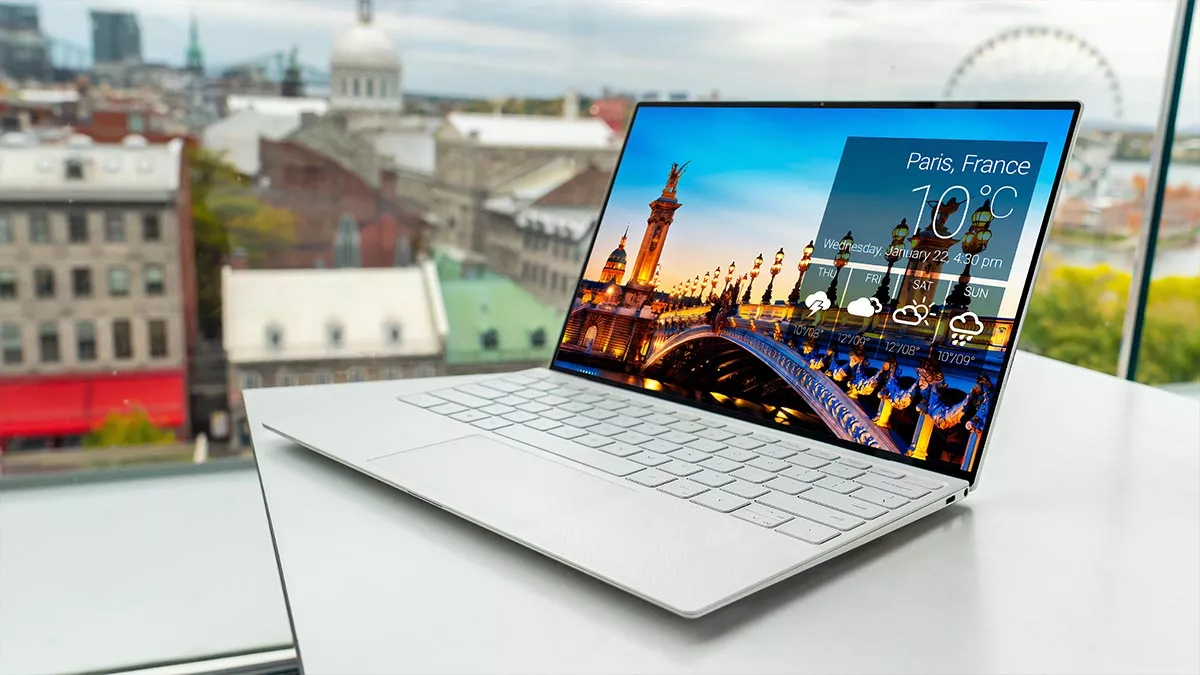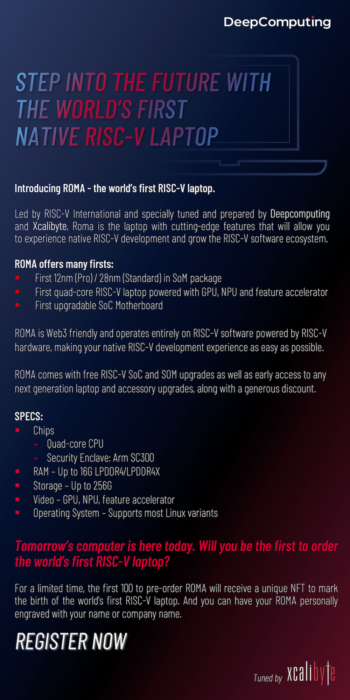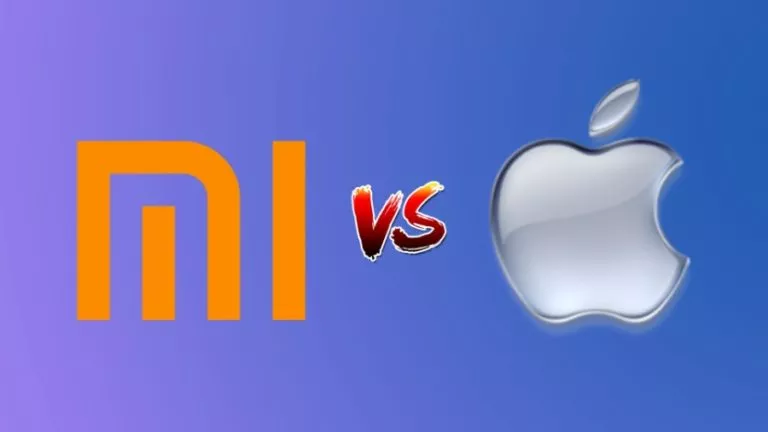The World’s First RISC-V Laptop Is Now Available for Pre-Order

It is always exciting when new technology or hardware, which we do not know much about, appears mysteriously on the internet.
Such is the case with a new laptop now available online for pre-order, and the unique part about the gadget is that it runs a RISC-V-based processor.
The new Laptop
According to news sources, Xcalibyte and DeepComputing have collaborated on the product. The new ROMA laptop will have a quad-core RISC-V processor and GPU. Other laptop specifications include 256 GB on-board storage, an Arm security enclave, and 16GB LPDR4/X RAM.
The laptop ROMA will back most Linux distros and is designed mainly for developers working on software made to run natively on RISC-V chips. According to CTO at RISC-V International, Mark Himelstein, the native RISC-V compile is a significant achievement.

ROMA will profit developers who want to test their software running natively on RISC-V, and transferring code on the platform to embedded systems will be easier. CEO of RISC-V International, Calista Redmond, remarked that the ROMA native RISC-V development platform laptop is an example of the power of collaborative culture. It also shows the potential that RISC-V ecosystems have.
The laptop will close the gap between development boards and business laptops incorporating RISC-V, which are used for everyday tasks. Even better, the first 100 models of the laptop will come with an NFT. We are unaware of the price, but the shipment will likely start in September 2022.
RISC-V
If you are unaware, RISC-V is an open-source ISA with the same design values as Arm. Currently, using RISC-V processors is not widespread, and the silicon is less popular than Arm or other counterparts. However, it seems like silicon is gaining momentum and hype.
China is exploring RISC-V CPUs to decrease its dependence on western companies. Even the tech giant Intel believes that x86-based chips do not have power efficiency in the long term. Until now, RISC-V has been used in dev kits and embedded technology, but the use is expanding.






